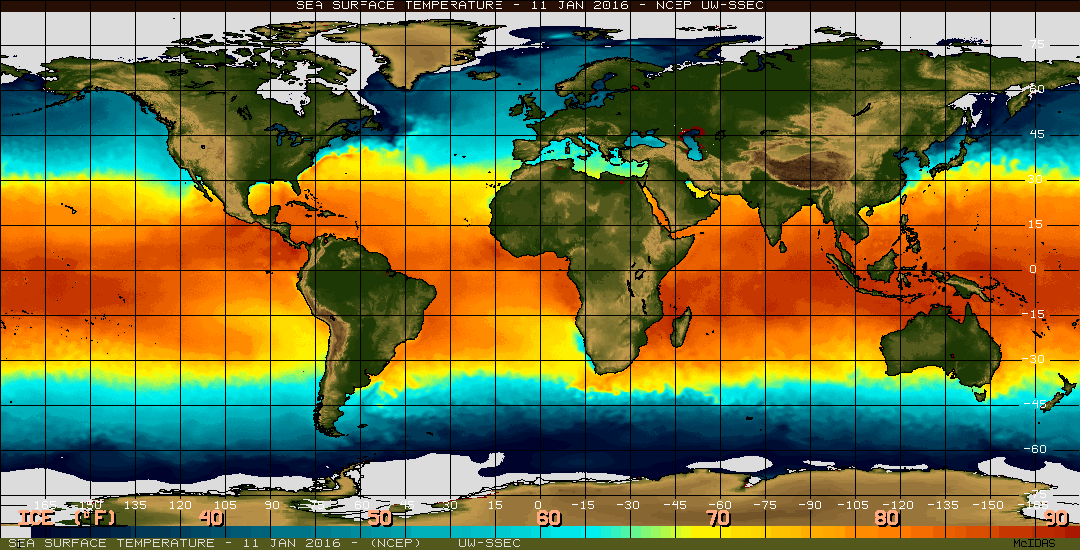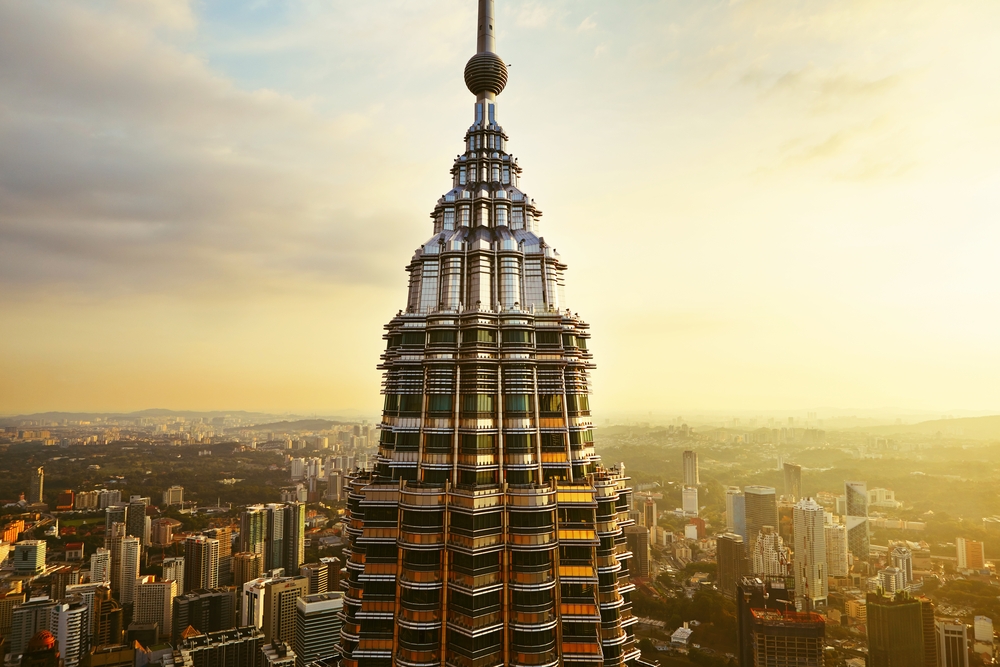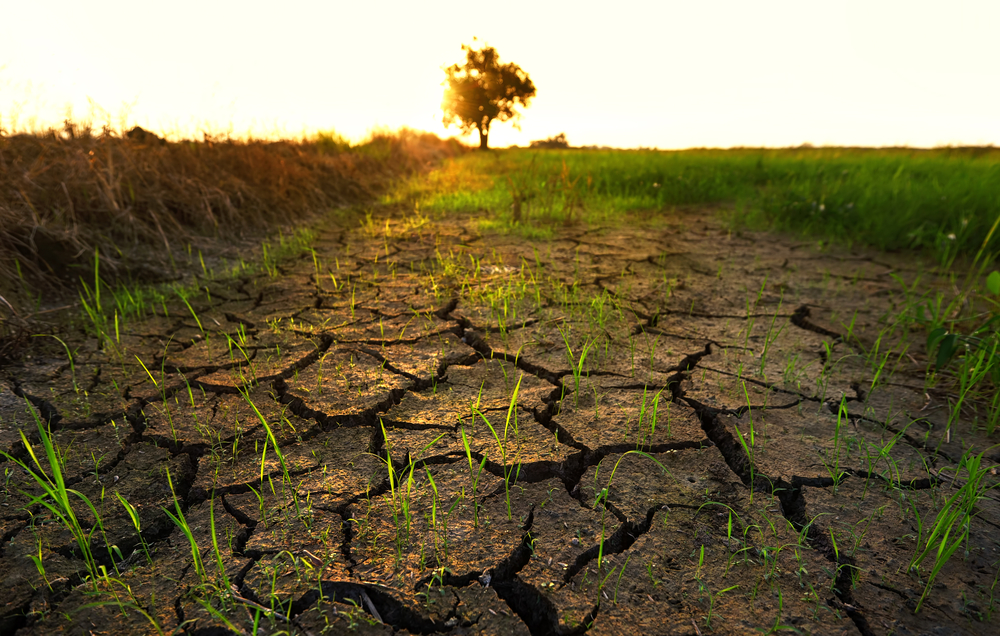In a recent statement, the Meteorological Department of Malaysia reported that the weather phenomenon El Niño is causing dry and hot weather in Perak and Kedah. They predict that this will continue throughout the rest of Peninsular Malaysia, and reach Sabah and the Miri and Limbang regions of Sarawak, between January and March 2016.
The Meteorological Department also stated that the phenomenon is likely to last until March 2016. Till then, we can expect a 20%-60% decrease in rainfall and 0.5°C – 2°C degrees increase in temperature.
What is El Niño?
El Niño is Spanish for Little Boy, which was a name given by fishermen off the coast of South America who noticed unusually warm weather around Christmas time.
Scientists now use the term El Niño to refer to the complex relationship between wind, ocean currents, and atmospheric temperatures that affects weather conditions around the world, resulting in warmer than usual weather in the Pacific region near the equator over a period of about six months.
This weather phenomenon occurs irregularly every two to seven years and its effects can be felt globally for more than a year.
What are the effects of El Niño?
Some of the effects of this phenomenon are warmer than usual weather, drought and increased risk of wildfires.
In their El Niño advisory note released last month, United Nations ESCAP (Economic and Social Commission for Asia and the Pacific) stated that this cycle of El Niño could be one of the strongest events since 1997-98.
Unlike the previous cycle in 1997-98, this current cycle started off in 2014 which was mild and localised. Following that, it has intensified, covering a large area of Asia and the Pacific.
United Nations ESCAP also stated that this El Niño could severely impact certain locations, like the uplands of Cambodia, south and central India, south and central Philippines, north and central Thailand, Papua New Guinea and other Pacific island countries.
In Southeast Asia, the El Niño fuelled the wildfires in Indonesia in last year that resulted in severe haze in Indonesia and surrounding countries, including Malaysia, which lasted for a couple of months.

In addition to that, the Health Minister, Datuk Dr Noor Hisham Abdullah said to the Malay Mail Online that the Health Ministry expects the dengue epidemic in Malaysia to worsen by as much as 50%. This is because the dry and warm weather accelerates the breeding of the aedes aegypti mosquitoes.
For more information about dengue and mosquitoes see our article 4 Dangerous Critters in Malaysia You Should Know About.
What can you do to protect yourself from El Niño?
The best was to handle the El Niño is to conserve water and reduce outdoor activity. However, you should also be careful to make sure that there aren’t any stagnant pools of water that could be ideal breeding spots for mosquitoes.
If you do venture outdoors, make sure to put on some sunscreen and stay hydrated.
"ExpatGo welcomes and encourages comments, input, and divergent opinions. However, we kindly request that you use suitable language in your comments, and refrain from any sort of personal attack, hate speech, or disparaging rhetoric. Comments not in line with this are subject to removal from the site. "























Be thankful you are alive and eating like you know what ……
Cuaca panas..hati pun panas…
Tempers might flare…
Can’t feel the heatwave. My arthritis is still attacking.
Rebecca Sonthalia Holly Anderson Louis Perdicou ☀️
ah tell me about it!
?? tanning time!
Laura Leydes
Looking forward to your heatwave Ben Ridding
Not looking forward to walking up 4 floors at work in this heat haha
Melting here….:
Thats HOT
Mike Jaskilka
Feel like 41..
Winter? About time Malaysians realise they live along the equatorial beit. There is *no* season. It is either more hot and humid or less hot and humid, but *always* b****y hot and humid. Get it? Now go and wear appropriate clothing, preferably in natural material to suit the climate. And remember no-one is forcing anyone to go out in the hot sun. And no sun-bathing unless you want to melt into a pool of fat.
Hell hot today here.
After the heatwave, comes the increase gstwave in April!
Hopefully not…!
Najiz oredi hinted! He always mean the opposite!
Then comes the “big wave” from the famous couple on the way to Timbuktu …ho..ho
dowan gst wave go timbaktu la get desert panas mampus
I still prefer it to the haze!!
Langkawi had 2 heavy great rain yesterday awesome!
“winter is not coming”. ive been here for a while-have i missed it in other years? when is winter?
When you have mornings of temps 24c and you feel like putting on a proper shirt, love those days.
How can you help me to travel to malaysia, is there anybody, board or organisation to help me
Cherine
Oooo luvly! I luuuuurve sweating!
Samantha Dolton xxxx
Francis Chua
Good for us, we can burn fat
Lol
SSheni Balakrishnan
Heatwave by definition: is a period of time with hotter than normal temperatures. Couple this with the drop in rainfall, the outside temperature will feel significantly different. This is an accurate article.
Thanks Kristine 🙂
Malaysia,I love the country,how can i be there
try switch places with those who don’t makes everyone happy
What do you mean Yasmin
Tamer Sedky
Can’t imagine Malaysia getting hotter. It is so hot with the humidity.
Misleading heading. Sorry but what is so drastic in 0.5°C – 2°C degrees increase in temperature. I thought it would be 10-15%
It is a lot . Imagine the body temp. 37 celcius is normal , then when it goes up to 1 degree , its already a high fever .
Fyi Selena Tan Ying Zee Lu Irene Lu
cool…love this weather
Zaid Raheemeea
Wilma Webster
Here in north thailand is freezing cold